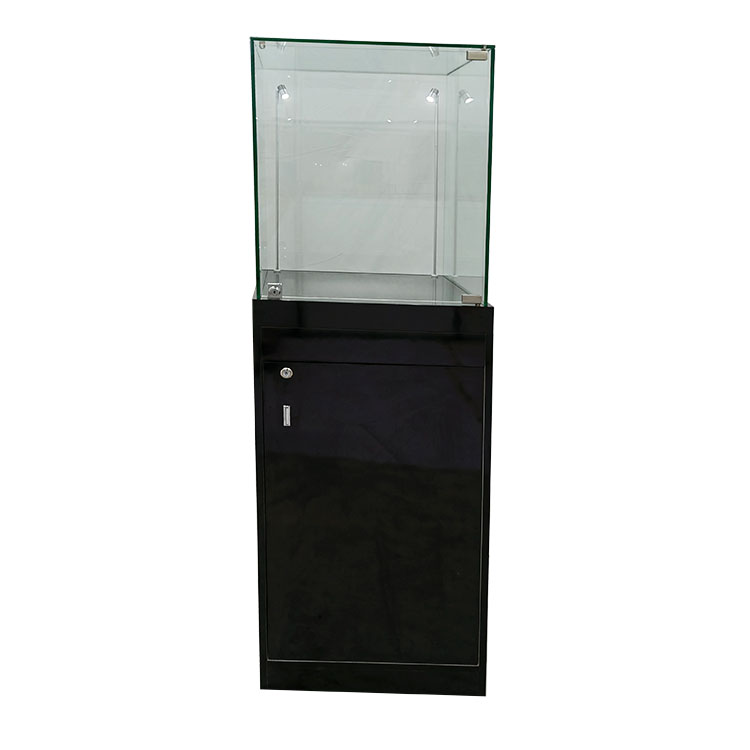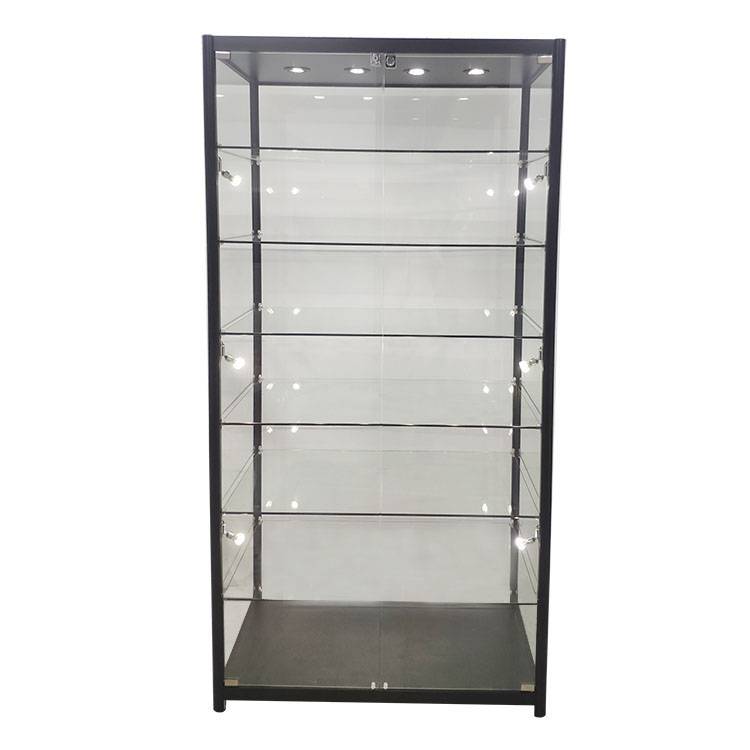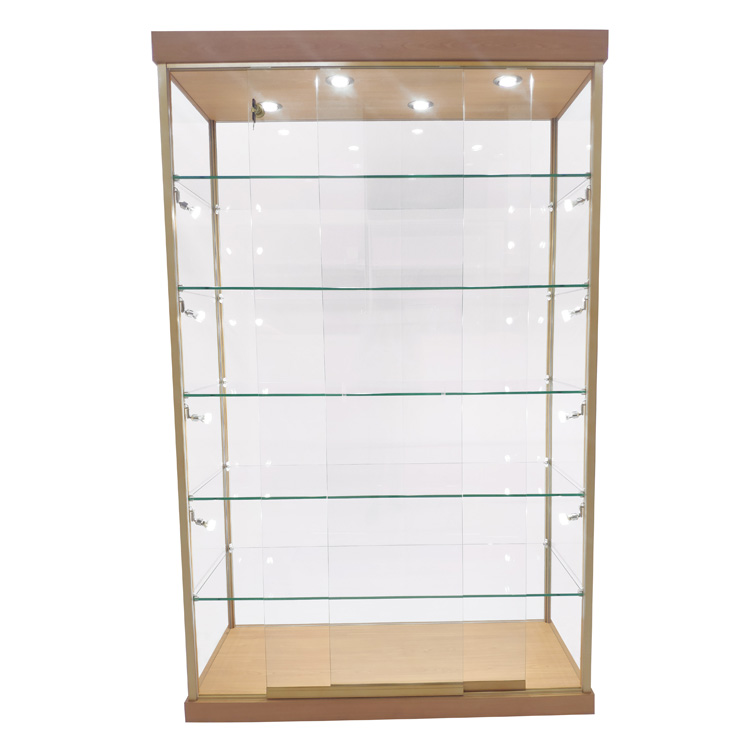What are the standards for museum display cases| OYE
In the history of the application of glass in various fields, the most extensive, the most inclusive, the most surprising is in the field of architecture. So what are the indicators of museum display cases? Next, the display case manufacturers will explain to us.
There was a time when people thought of a museum as just a building, including the various Spaces in the museum, even the display cases directly related to the cultural relics. At that stage, people thought of it as just a kind of building, and if the glass is used, it is only a kind of architectural glass. But as the museum of the world and the world cultural heritage protection consciousness unceasing enhancement, even after some painful, we increasingly recognize that a museum is a place different from other buildings, and each of its internal space, especially the cases and directly connected with cultural relics, it is a completely different domain, The transmittance, transmittance, UV transmittance, optical flatness and edge polishing process of the glass used is strictly controlled.
Accurate size is the key index
The shape of exhibition cases in museums should pay attention to beauty, which is based on displaying the beauty of cultural relics. Display cases should be seamlessly connected to visual elements such as exhibits and cabinet interior design.
With various types of display case design, the display case glass in the size, slope, the laminated layer must have strict control, fine edge polishing and continuous innovation of the process, to achieve the "combination of the display case and the environment, glass and display case integration" concept.
Architectural glass is all-encompassing, therefore, it is very difficult to the professional museum under separate to sacrifice, to know a series of strictly controlled and not a day two days can practice, construction glass manufactured not just can be completed within a day or two, architectural glass manufactured, seriously affect the audience's exhibition experience, more seriously, as the growth of the age, Proper temperature and humidity cannot be guaranteed, leading to erosion of cultural relics.
Nonreflective, high light transmission
Display type is an important function of the display case, the control focus of the display case glass is its transmittance, reflectivity, surface flatness, which is important factor that can directly affect the display effect of the showcase. With the development of the glass industry, the museum glass professional display cases were originally made of ordinary transparent glass. Later, the second generation of museum display case glass used high transmission ultra-white glass, now popular third-generation museum display case glass - low reflection glass as the main material, constantly improve their own standards.
Architectural glass can be divided into interior decorative glass or curtain wall glass according to the different characteristics of the building site. The performance characteristics of both have different emphasis: interior decoration glass pays more attention to the decorative effect reflected by finished glass, often use a variety of technology for a variety of composite processing, in order to meet the personalized effect that people increasingly pursue; Curtain wall glass pays more attention to energy-saving performance and combines relatively simple processes such as tempering and hollow. Architectural glass, whether indoor or outdoor, is not the real focus in terms of transmittance, reflectivity and machining accuracy alone.
Effective UV isolation
If exposed to ultraviolet rays for a long time, precious cultural relics such as paintings, calligraphy, ancient books and embroidery will turn yellow, discolor, become brittle and crack until they become damaged.
In order to prevent the erosion of cultural relics by ultraviolet radiation, the light source and other equipment in professional museum exhibition cabinets are usually very strict, and glass, as a material covering most of the area of the cabinet, makes it have the role of blocking the outside world through the ultraviolet radiation.
In terms of the performance of architectural glass, the main concern is how to save energy while lighting, and these points have little correlation with harmful light such as ultraviolet light.
Anti hit, anti-invasion
Museum display cases are the last barrier to protecting cultural relics, and the glass of display cases is the weakest link in safety. From the point of view of safety, its structure design must have high hardness, explosion-proof, anti-intrusion and other functions. In the event of theft or damage by force, the security services will have plenty of time to respond.
Considering the safety of building glass, generally stay in fire prevention or high strength level, because even if the burglary, also won't be smashed glass doors and Windows, so building glass doors and Windows are generally toughened, hollow and other simple processes.
Of course, the application of sandwich technology is also common in the field of architectural glass, but there are great deficiencies in the above key points:
1. the size is not accurate, it is difficult to ensure the sealing of the final showcase;
2. the processing process is lack of high-level dust-free control, internal impurities, resulting in high permeability can not be guaranteed;
3. The lack of professional consideration of ultraviolet radiation prevents the cultural relics from being eroded by harmful light;
4. Decoration is more important than safety, but this is not what museum cabinets need.
The above is the museum display cabinet related information, if you want to know more, please contact our display case company.
Searches related to retail display cabinets:
Video
Post time: Dec-06-2021





